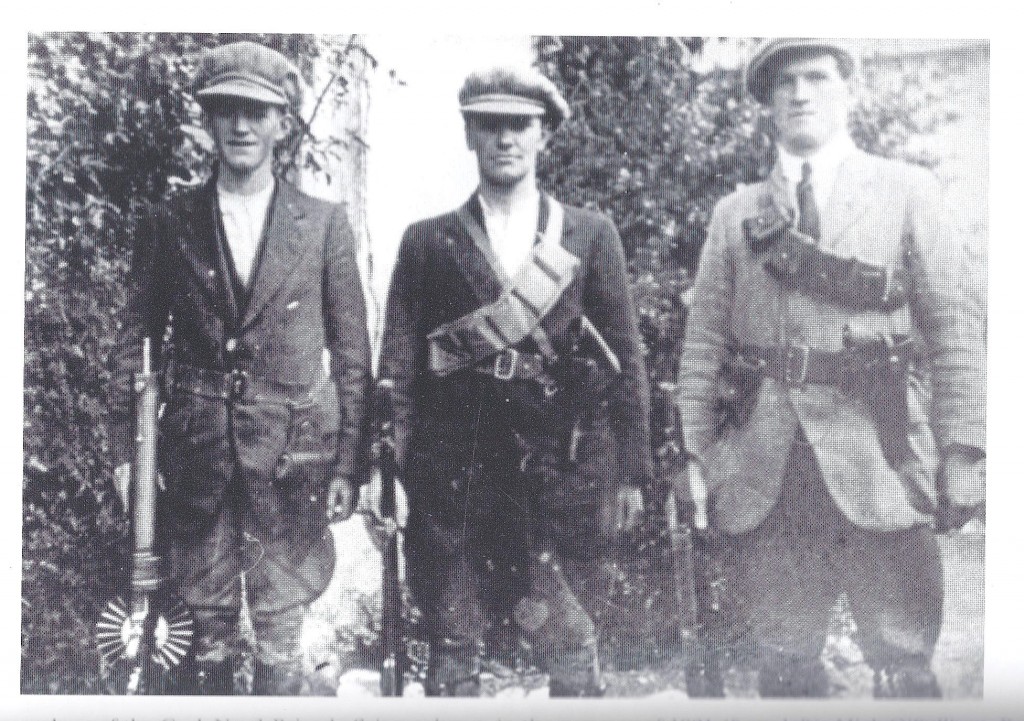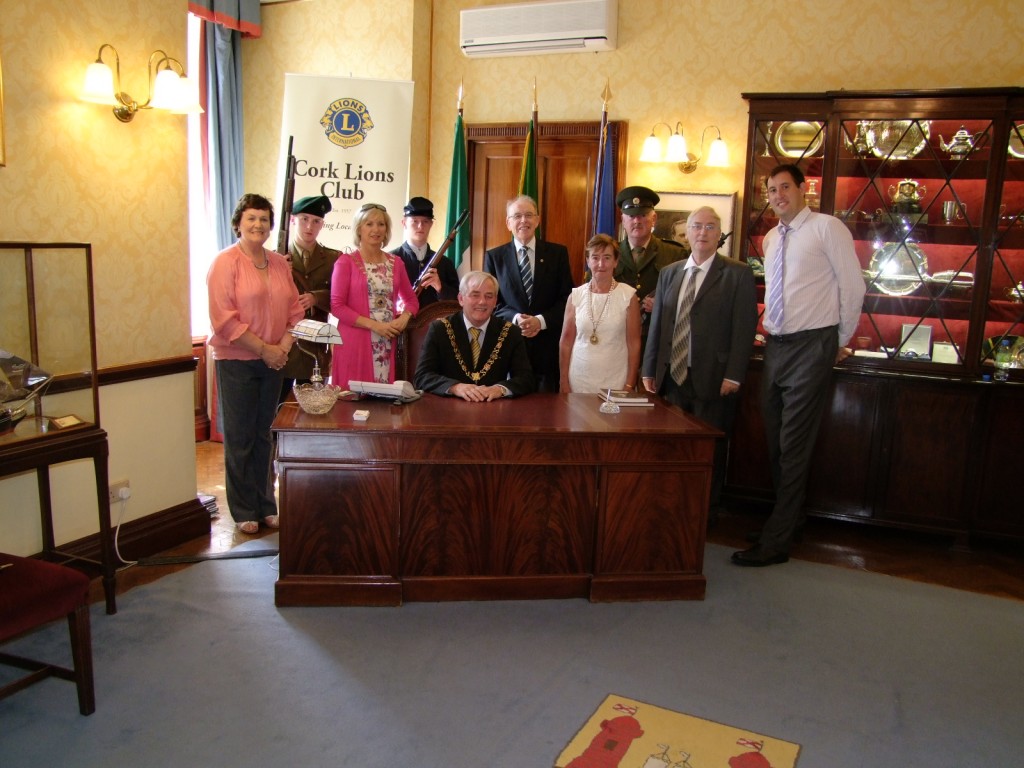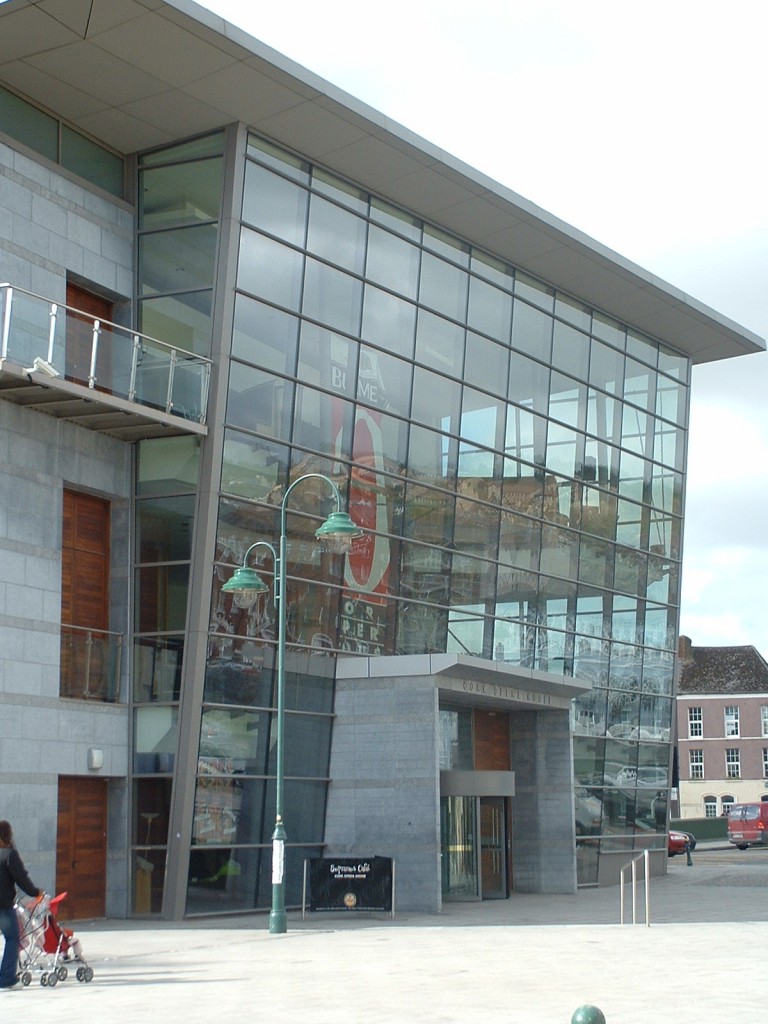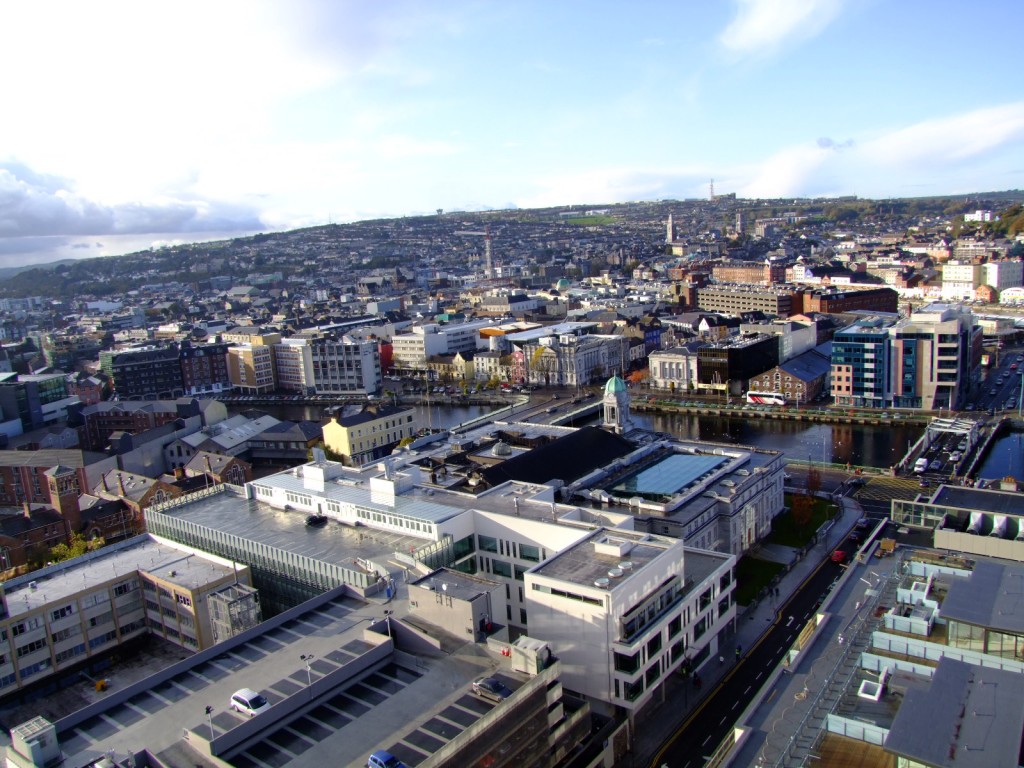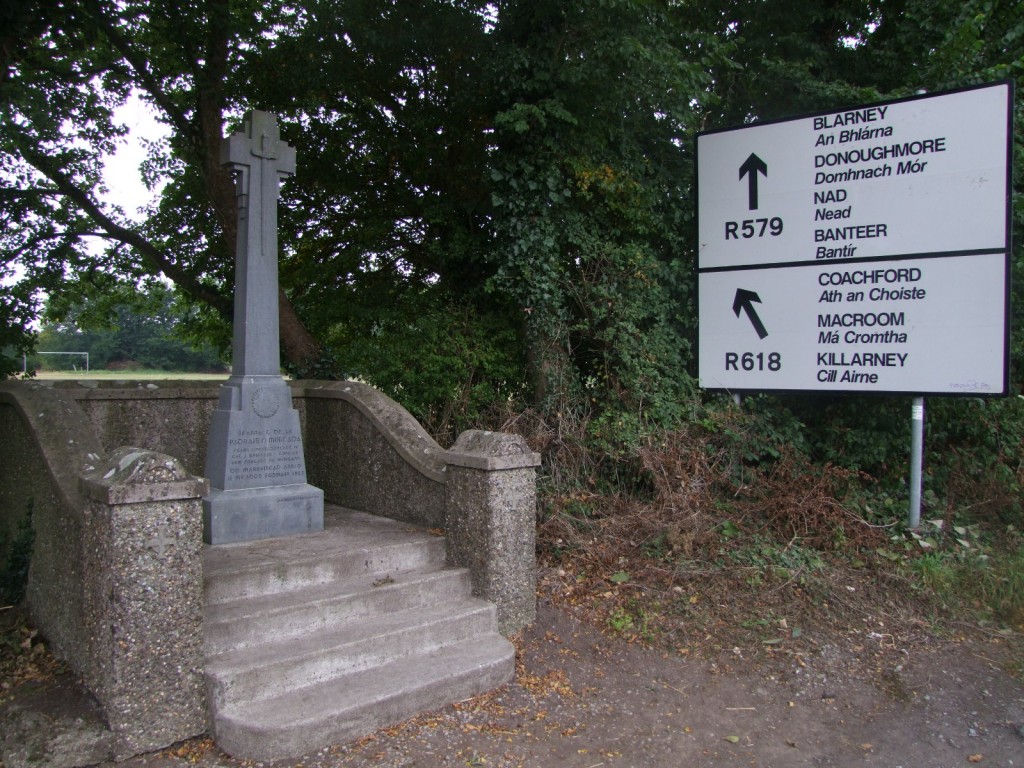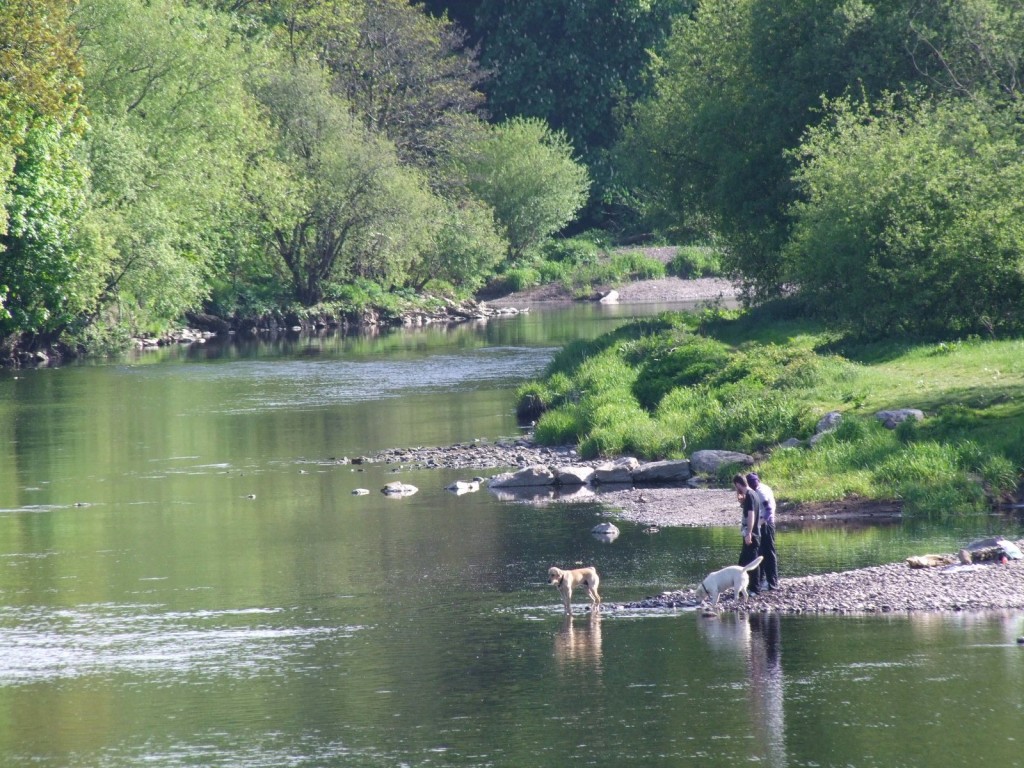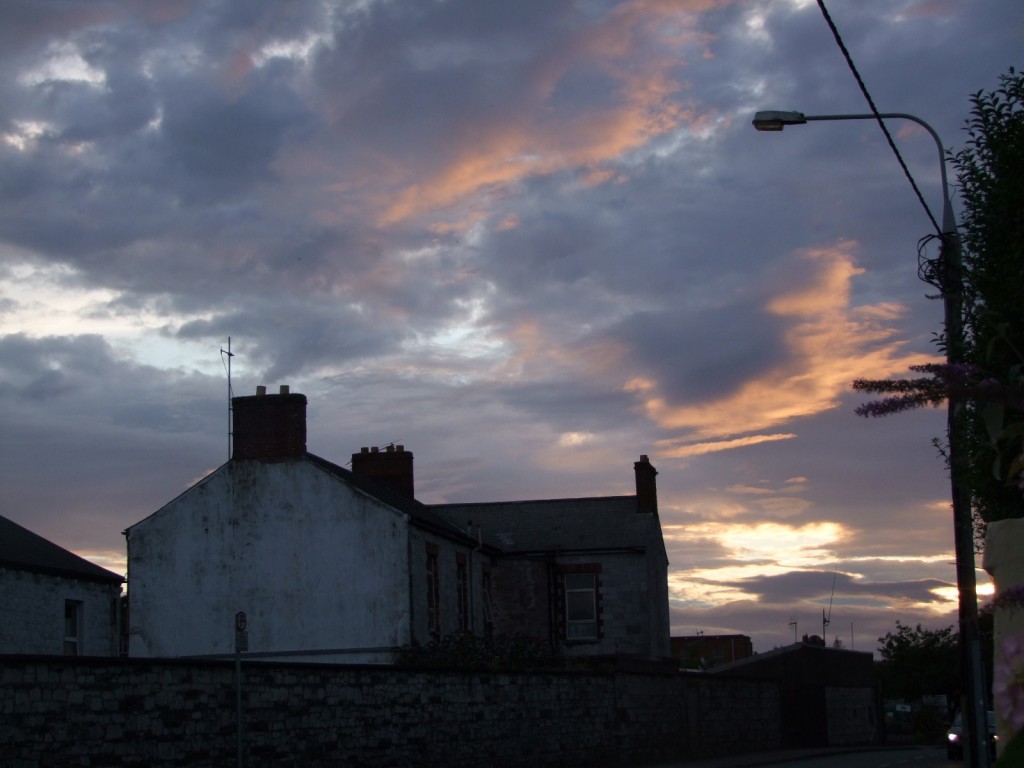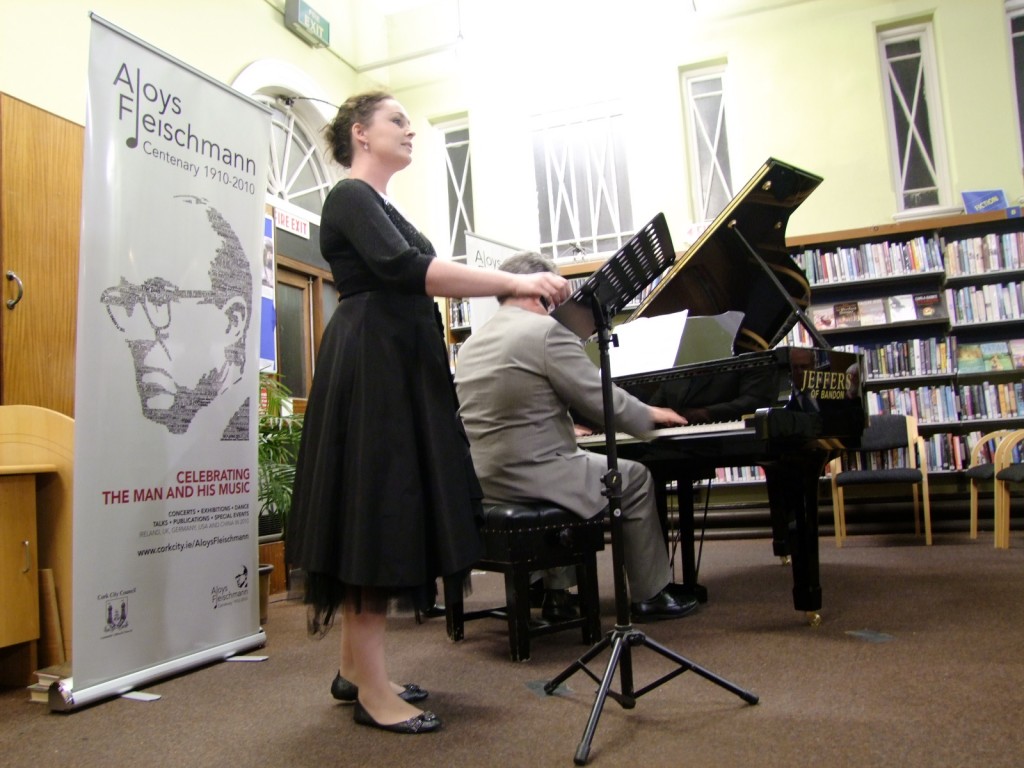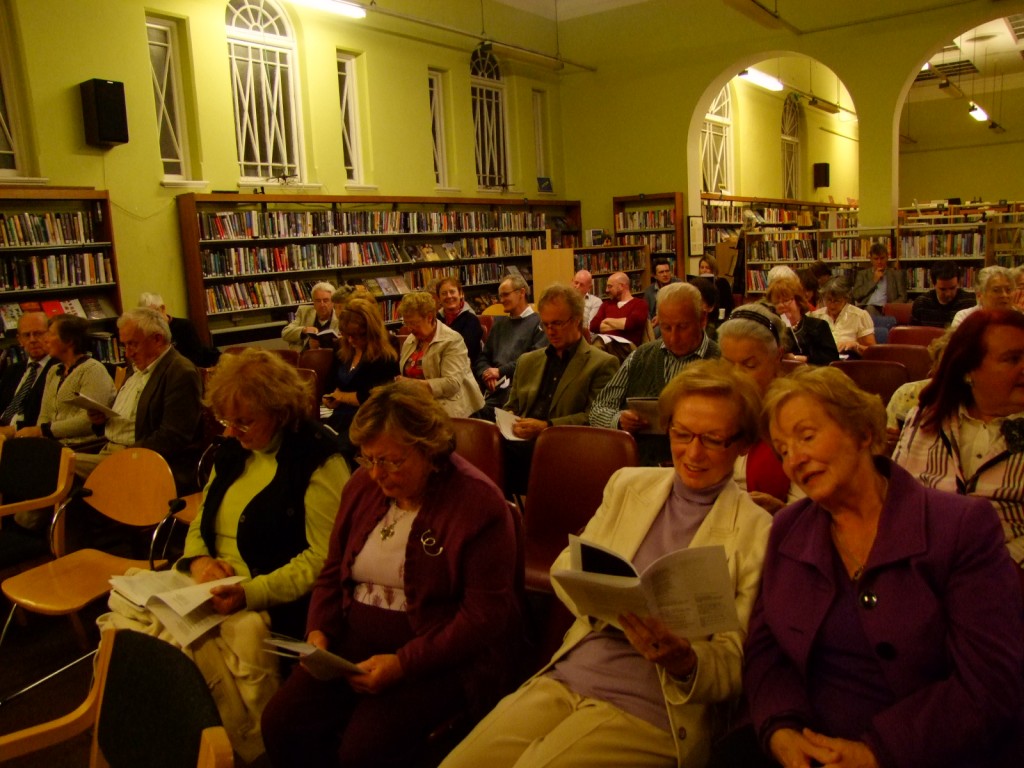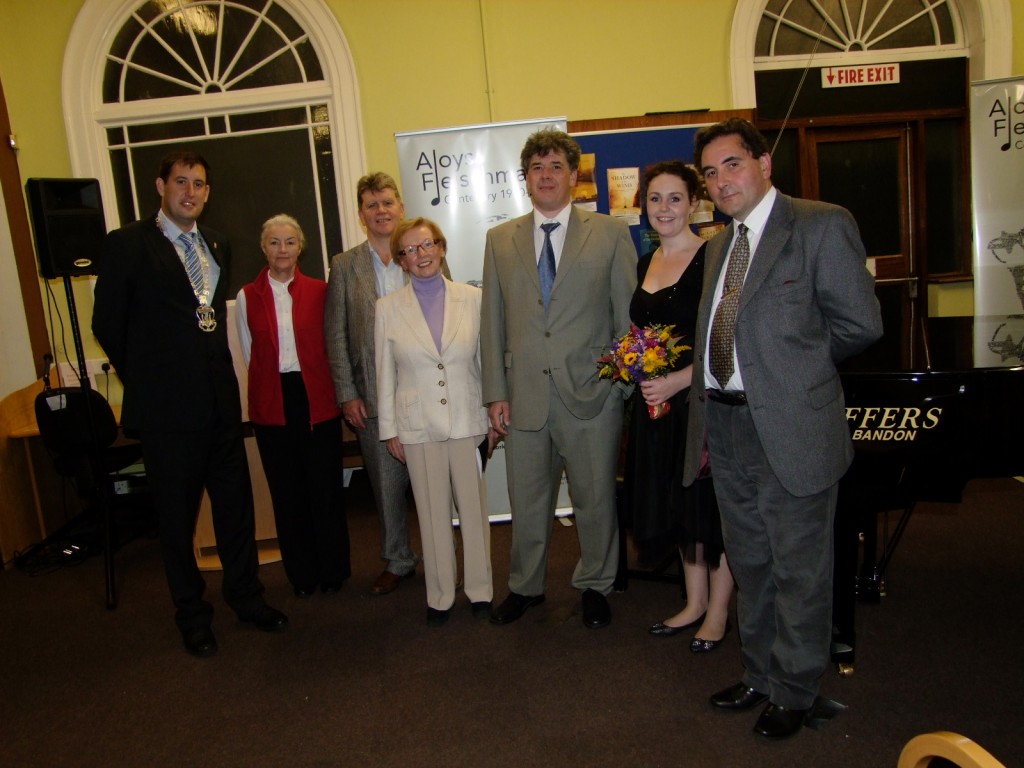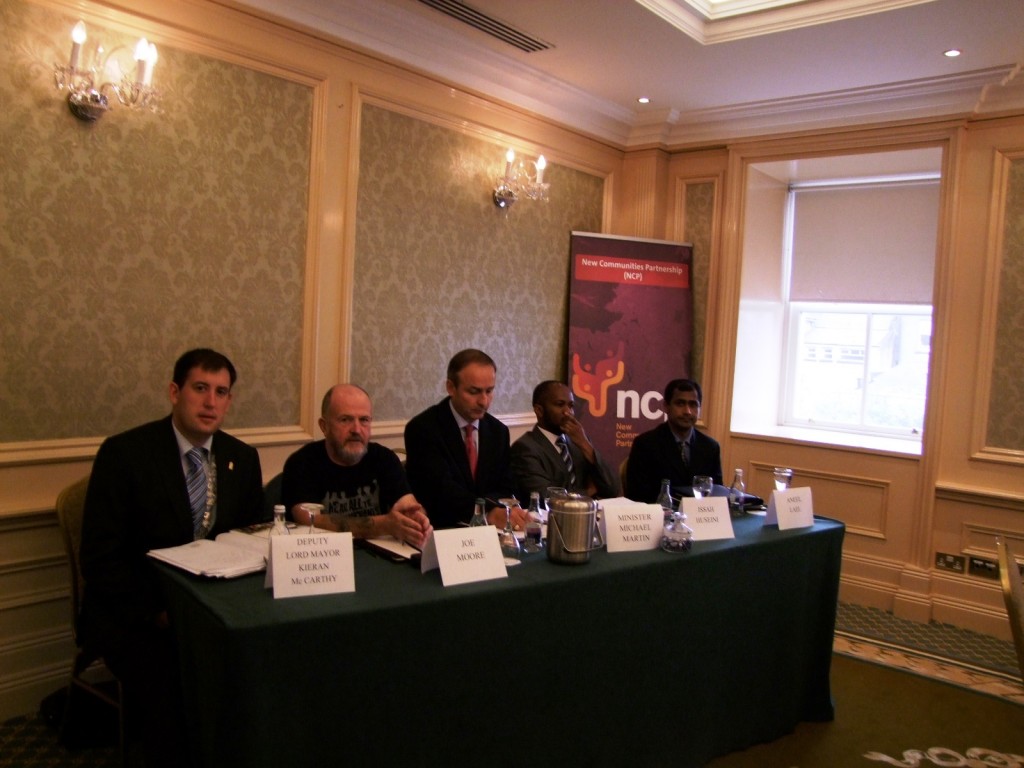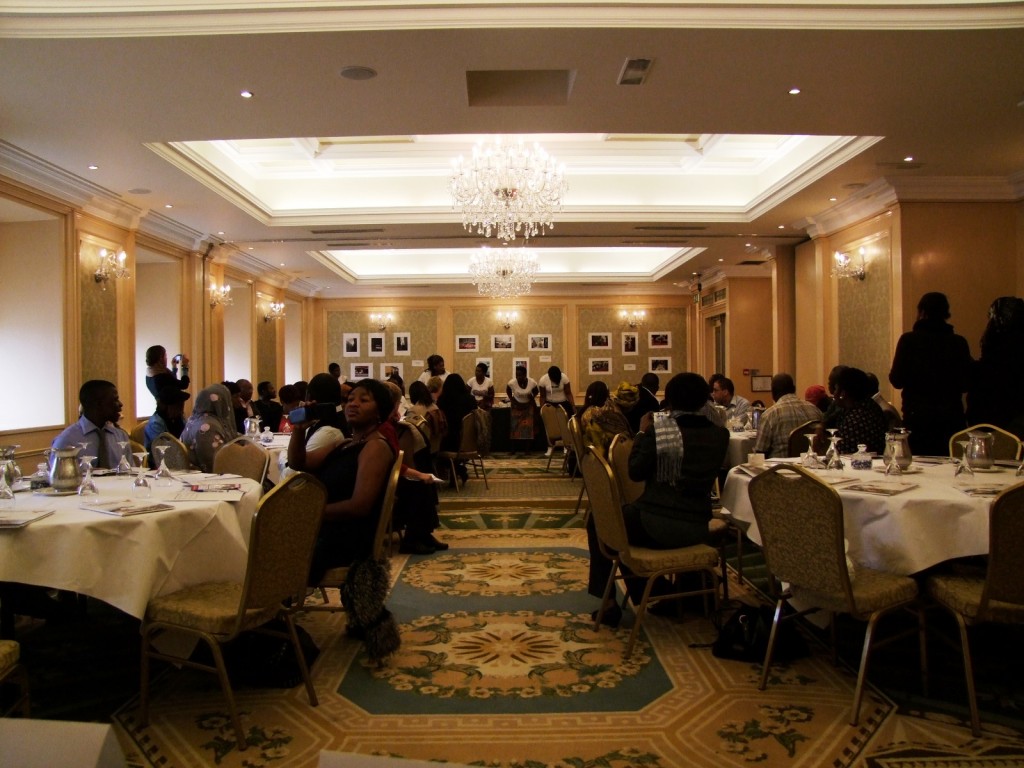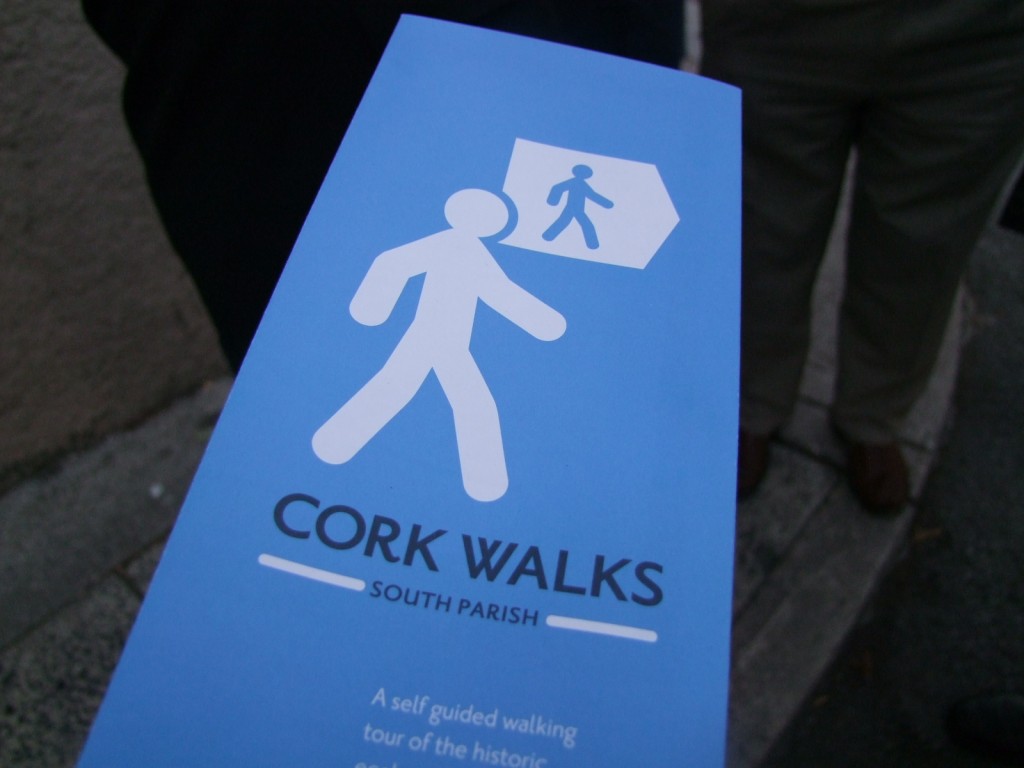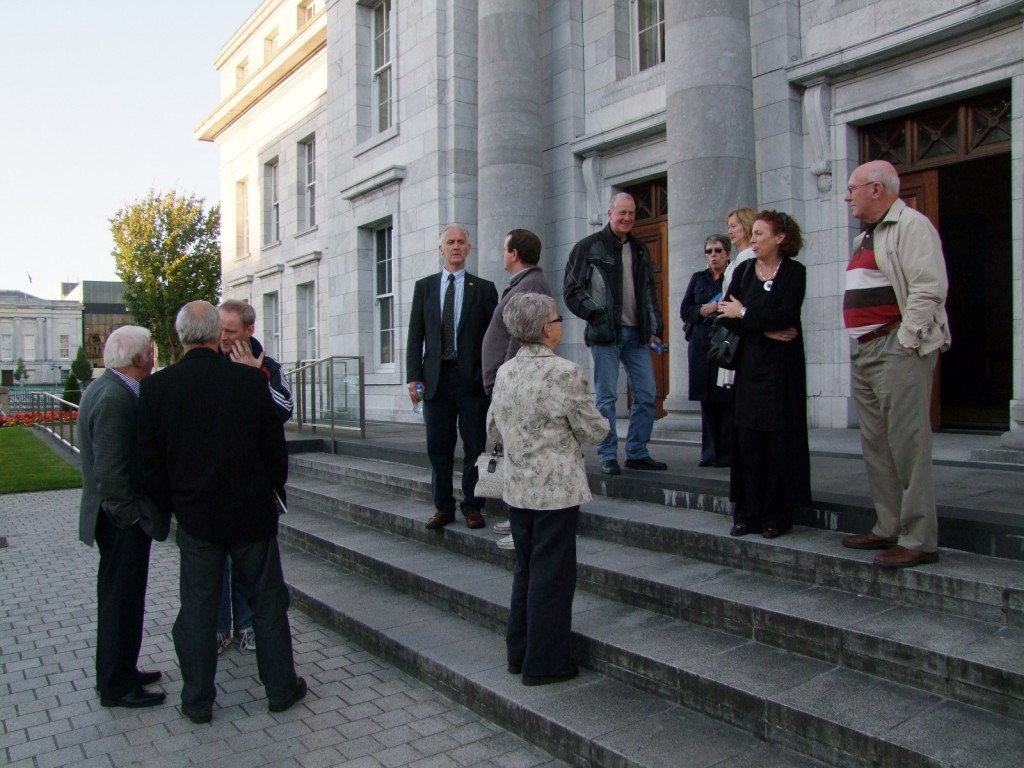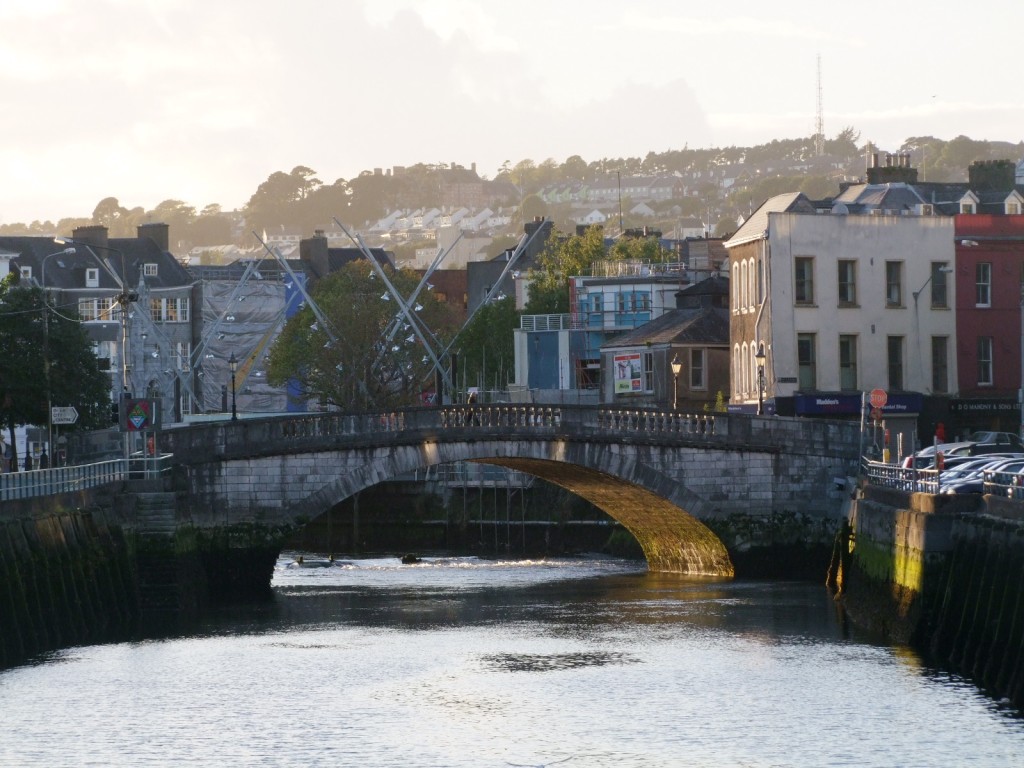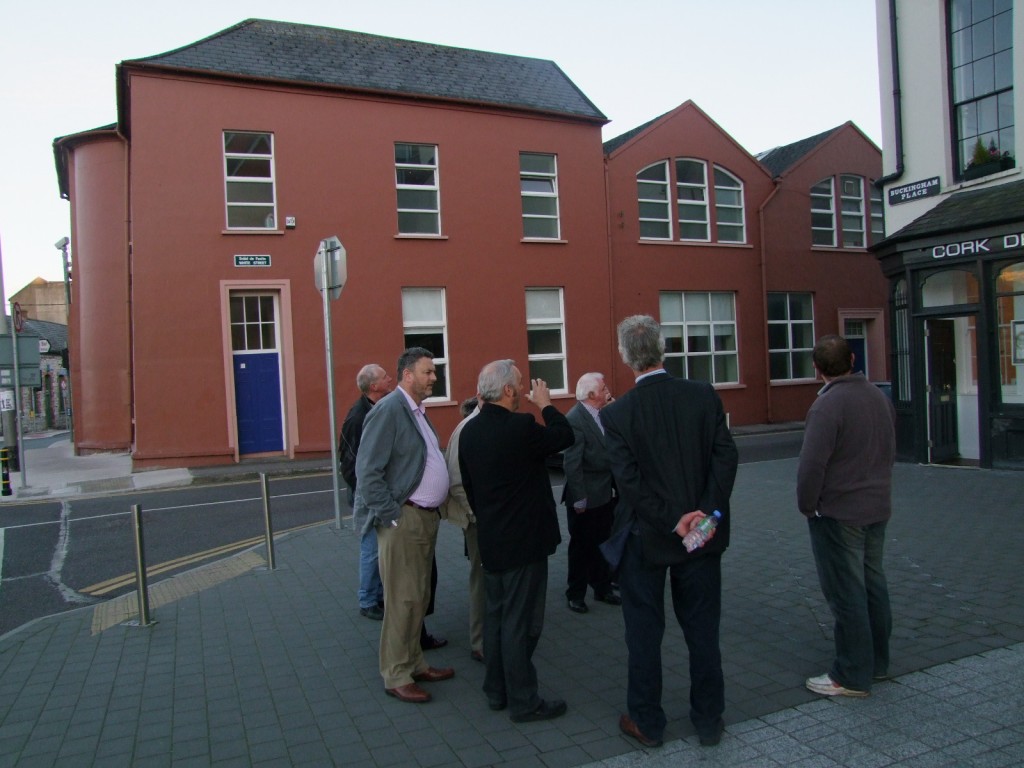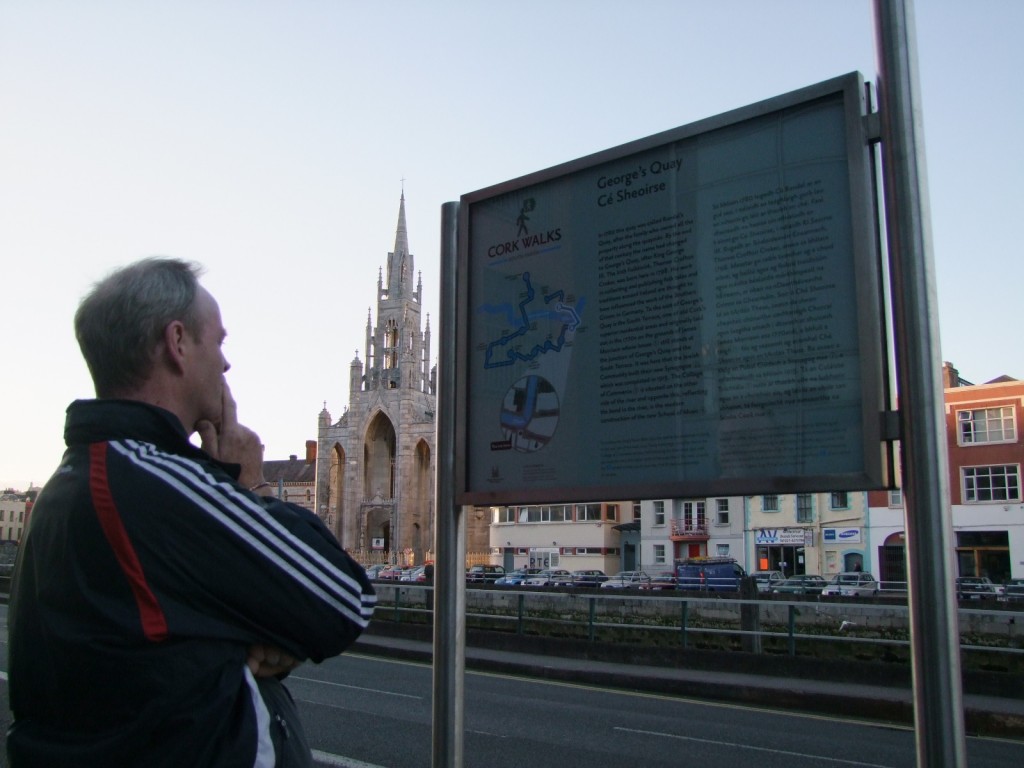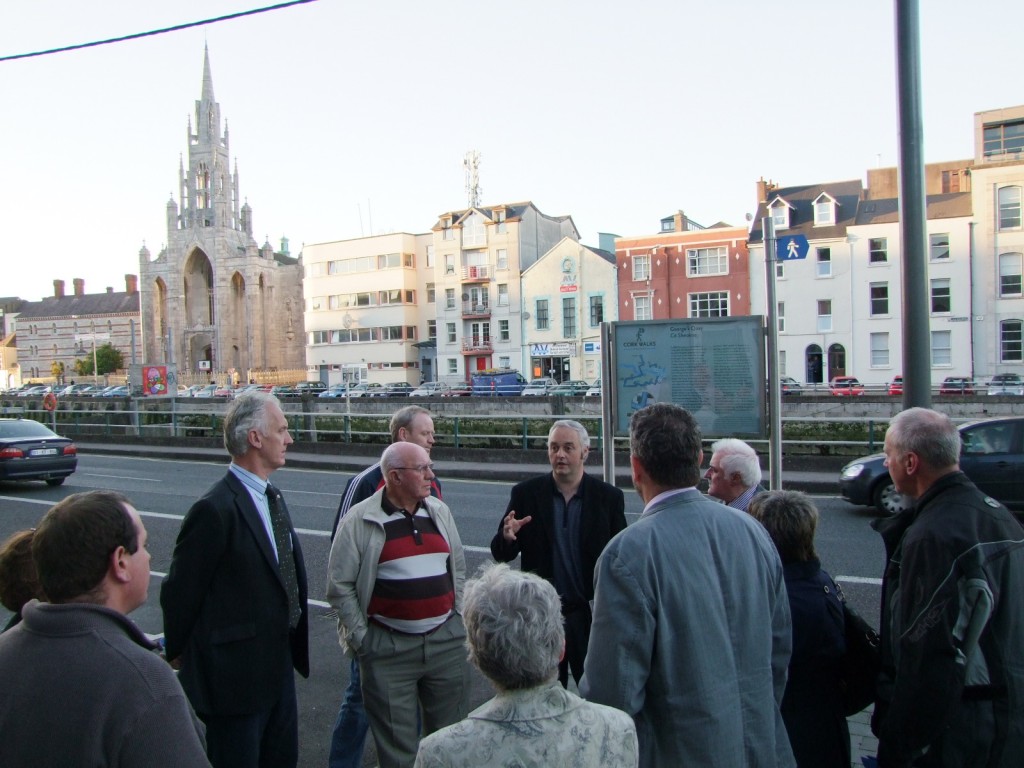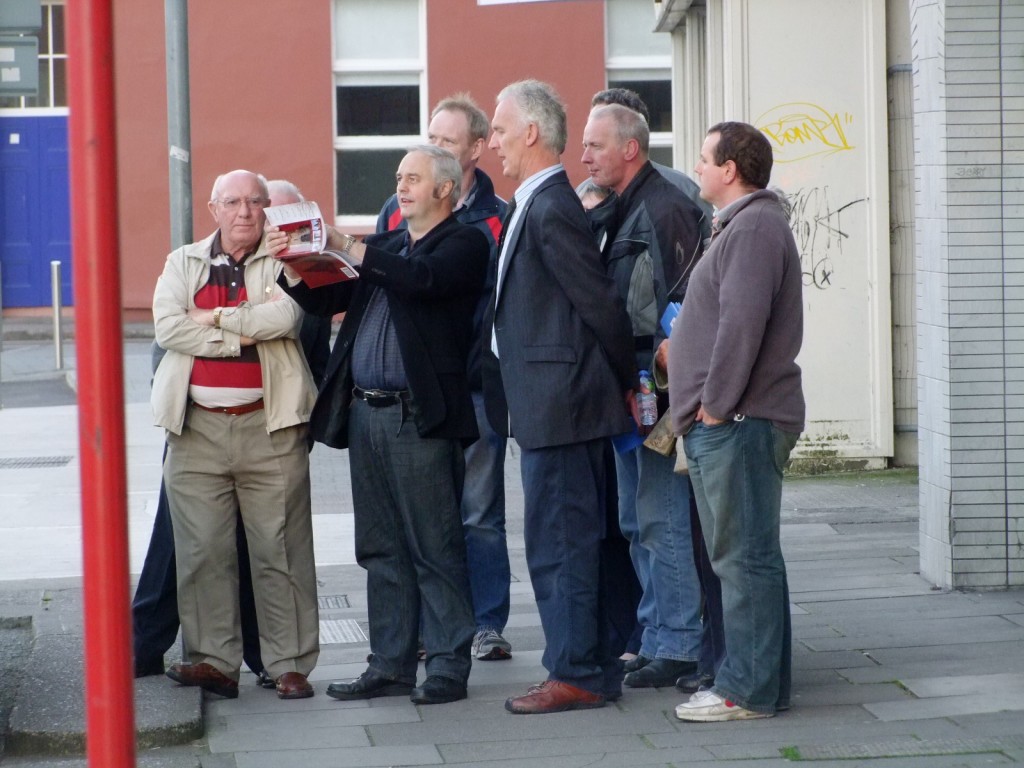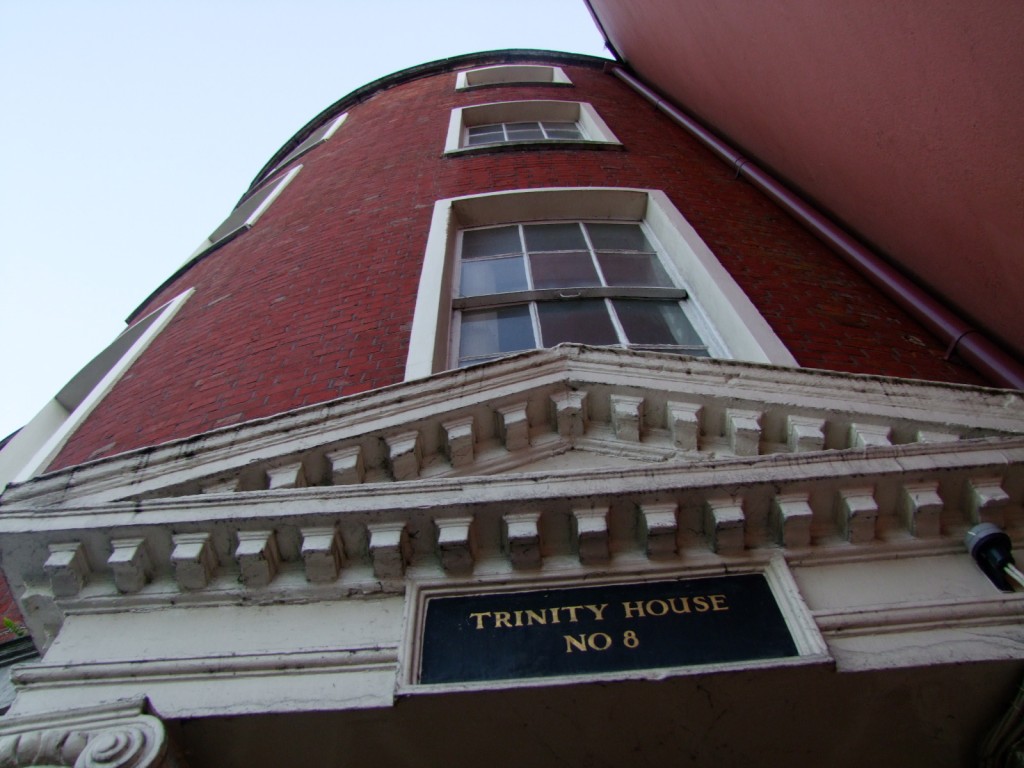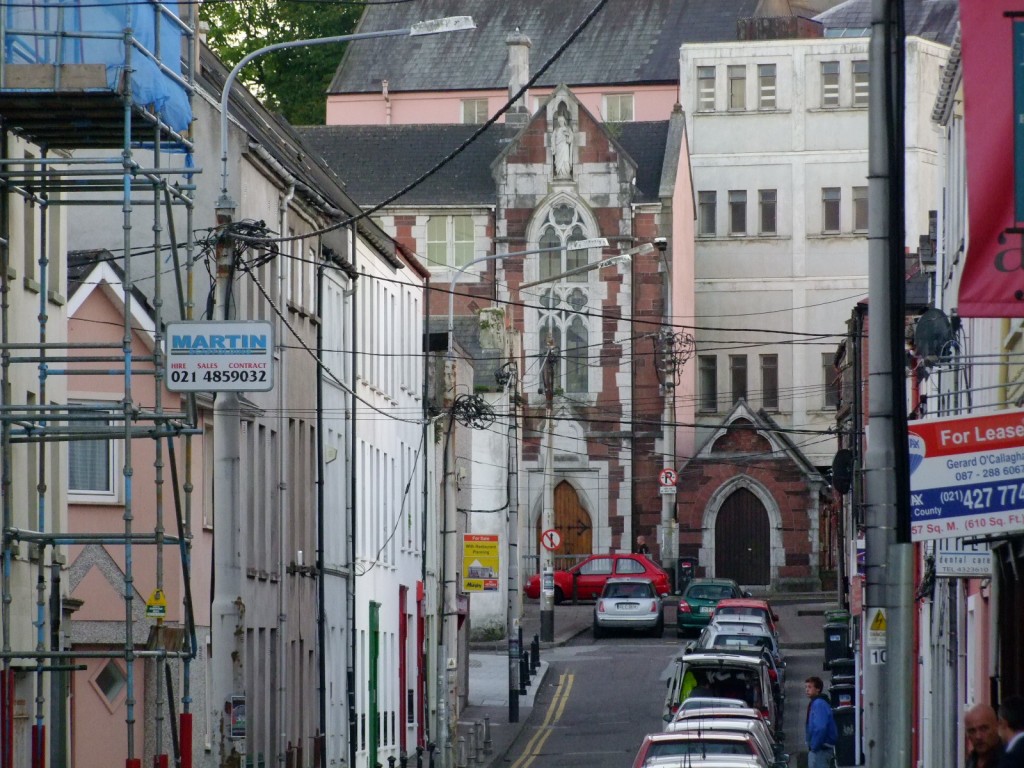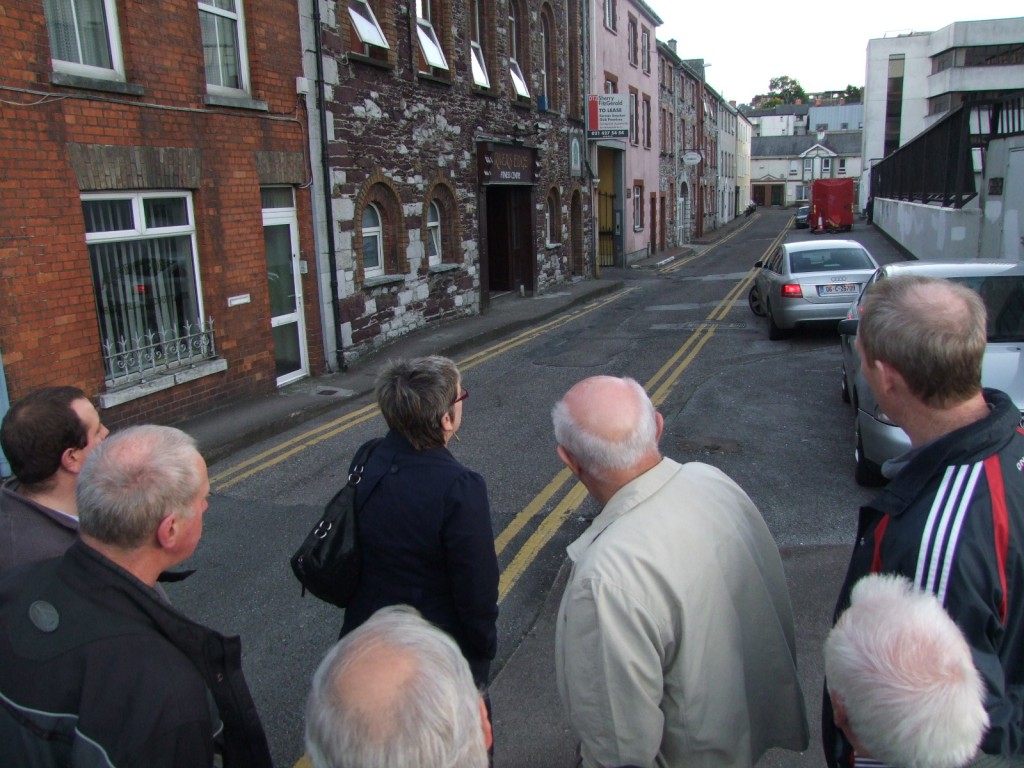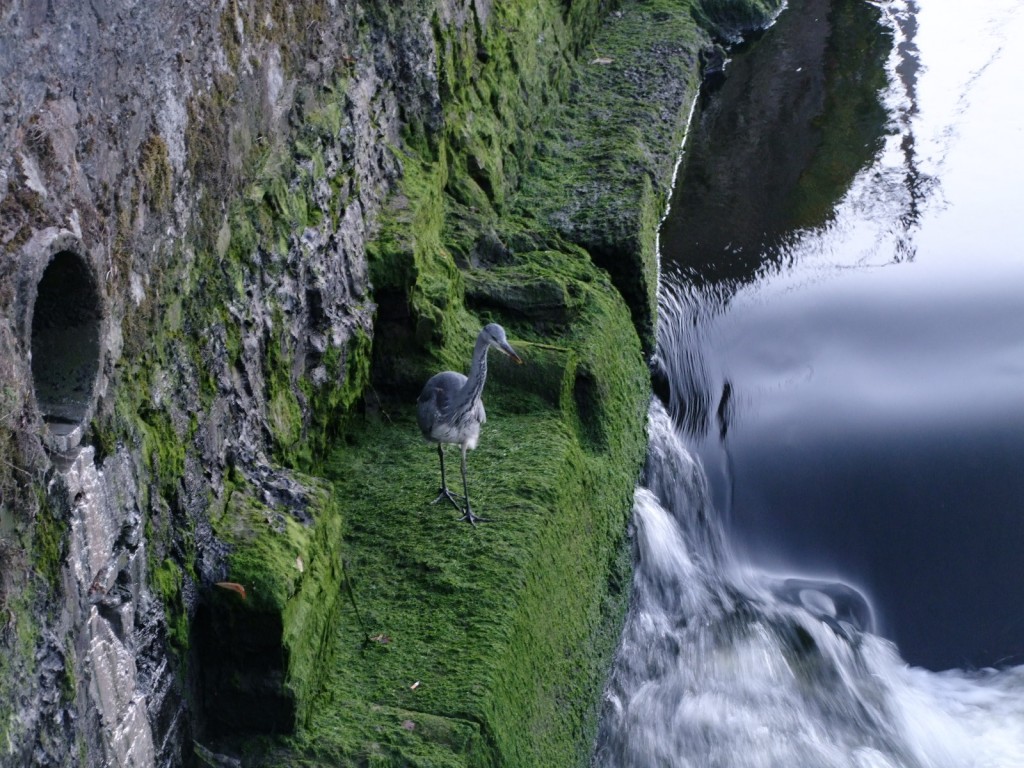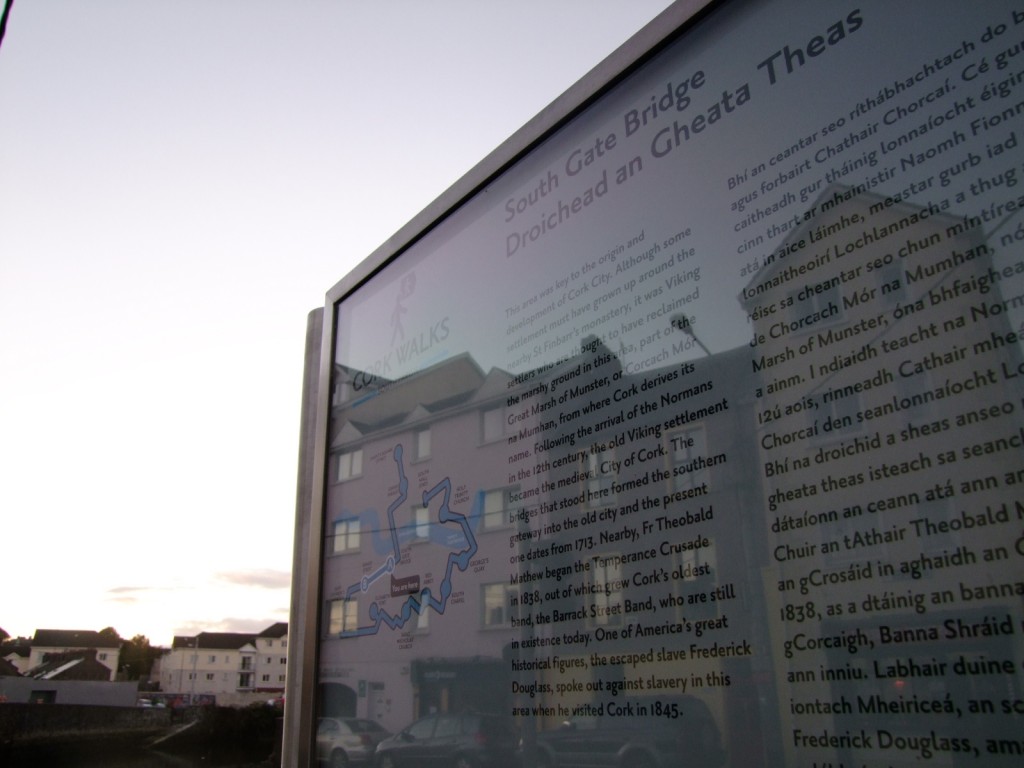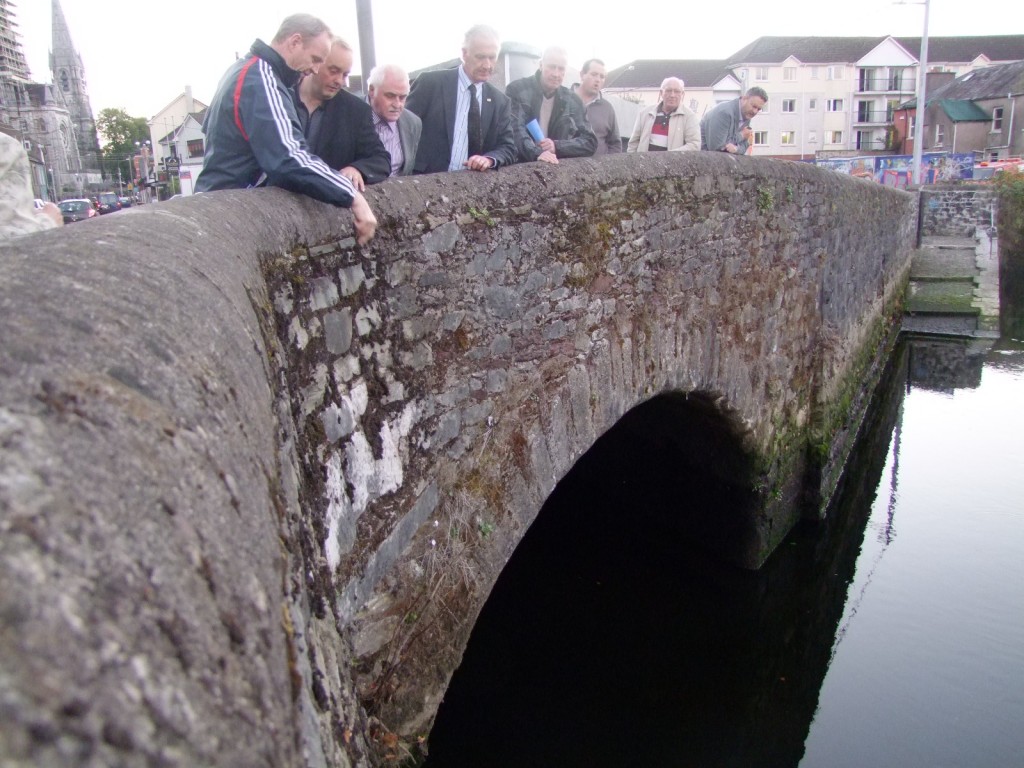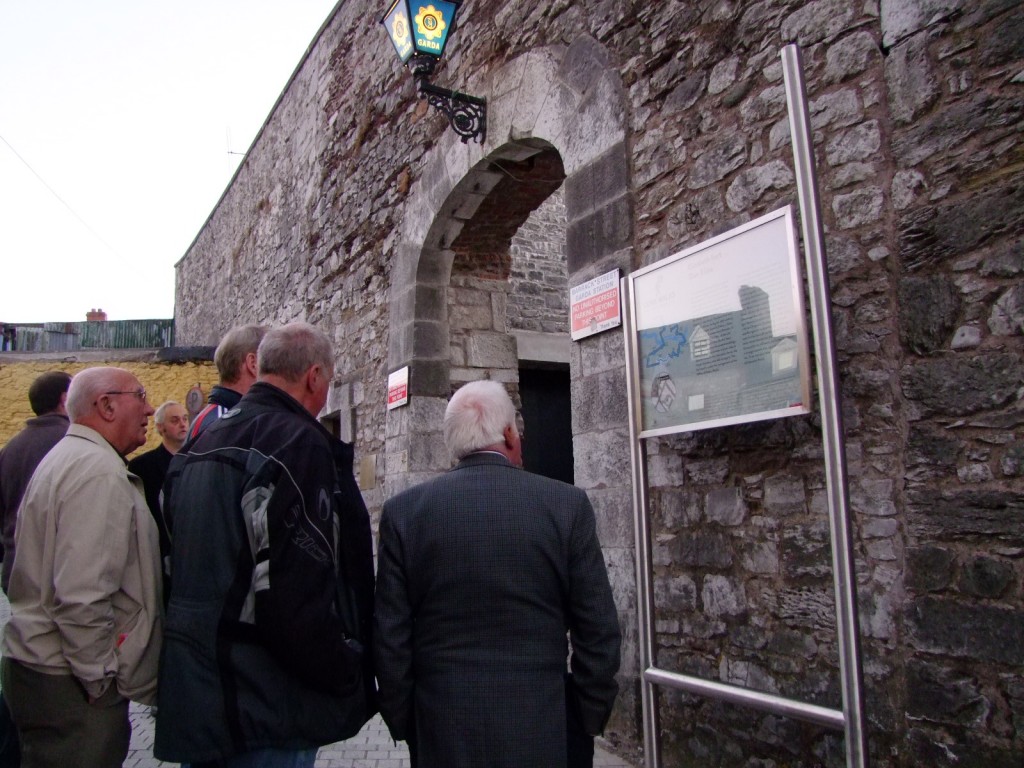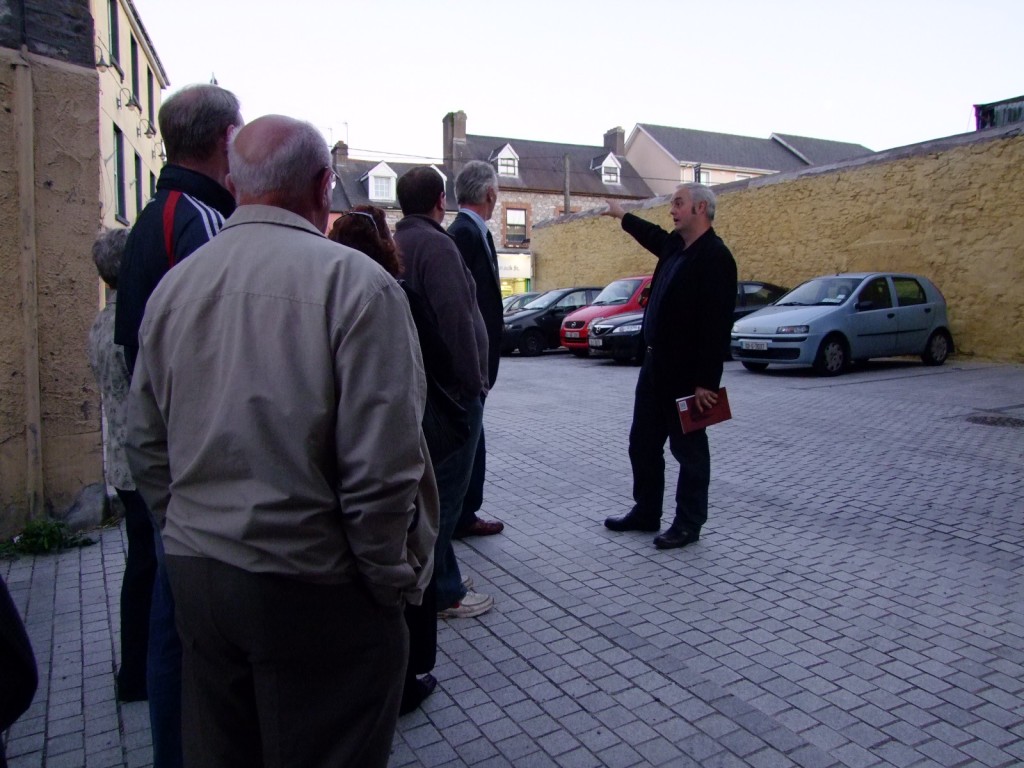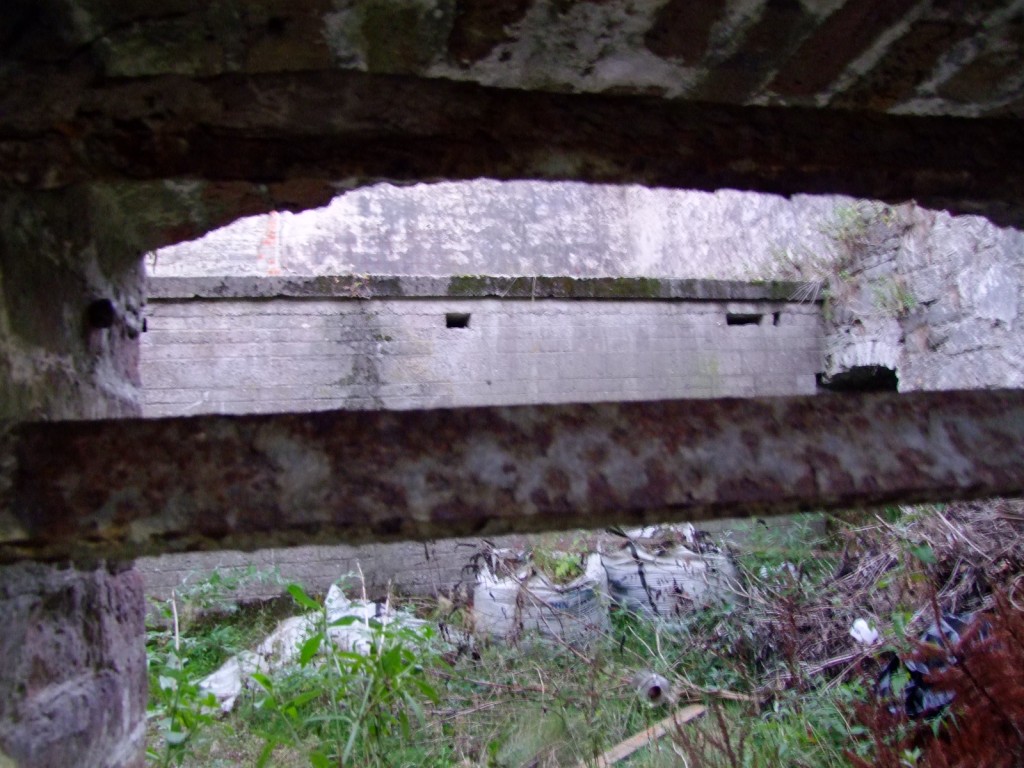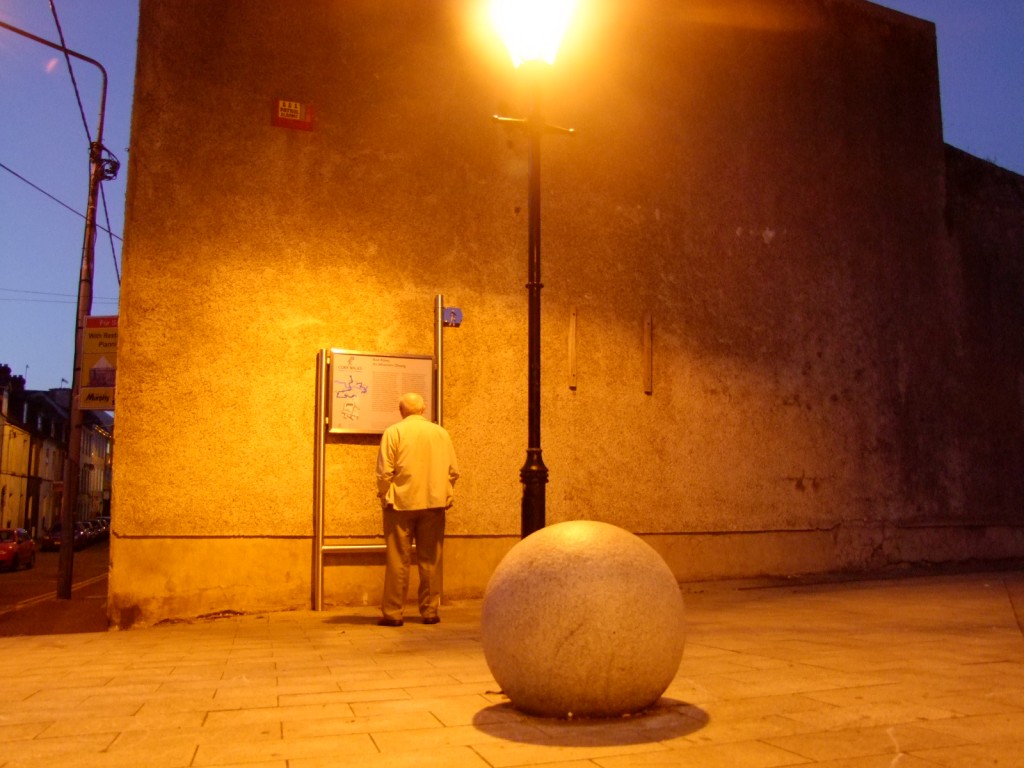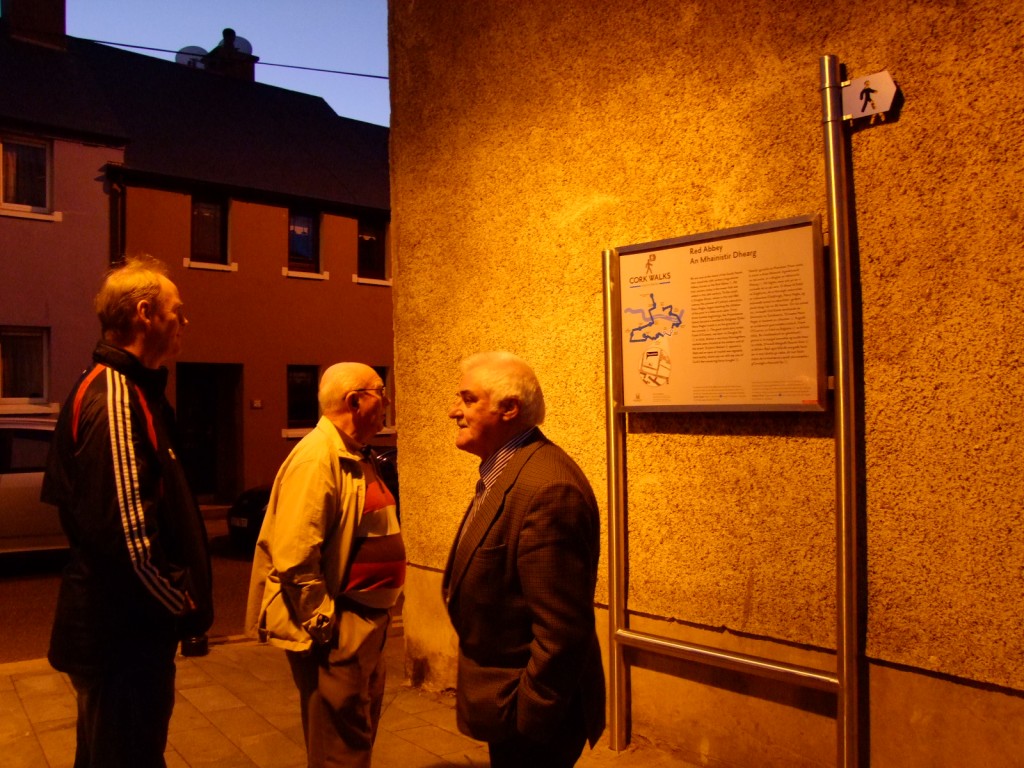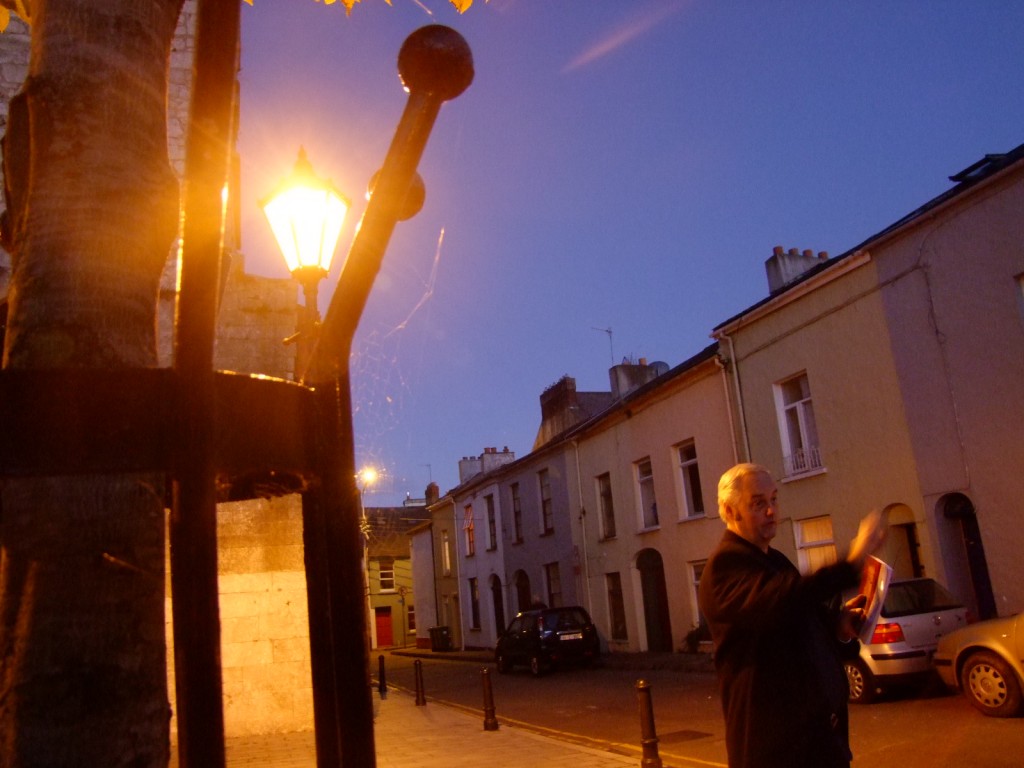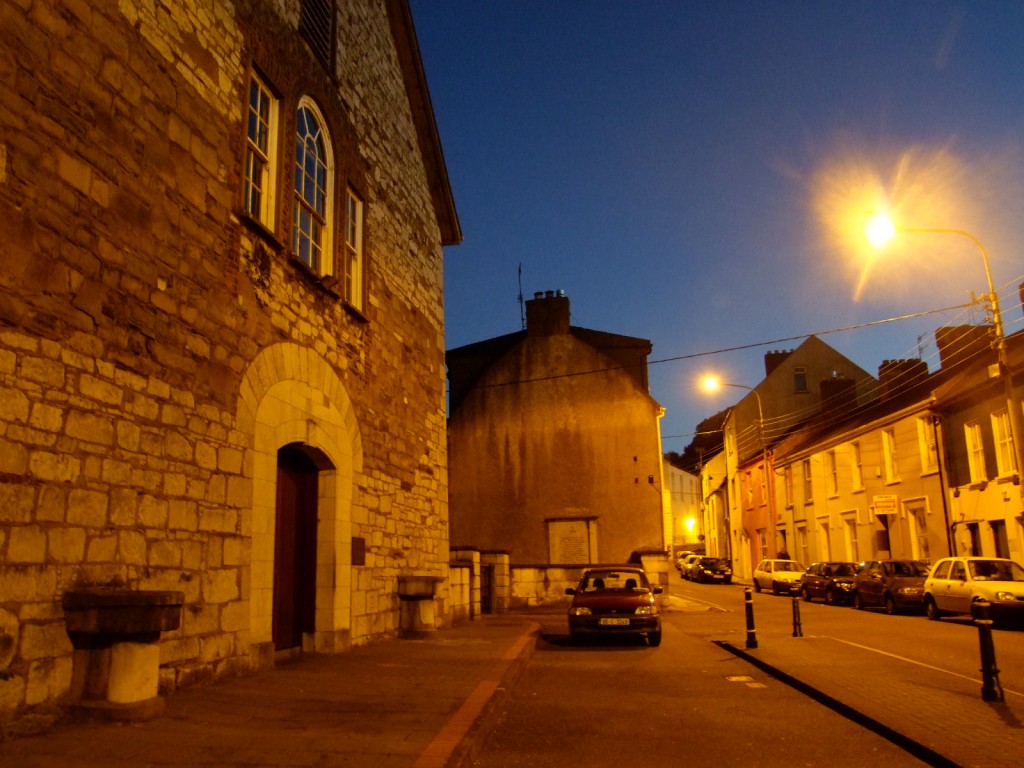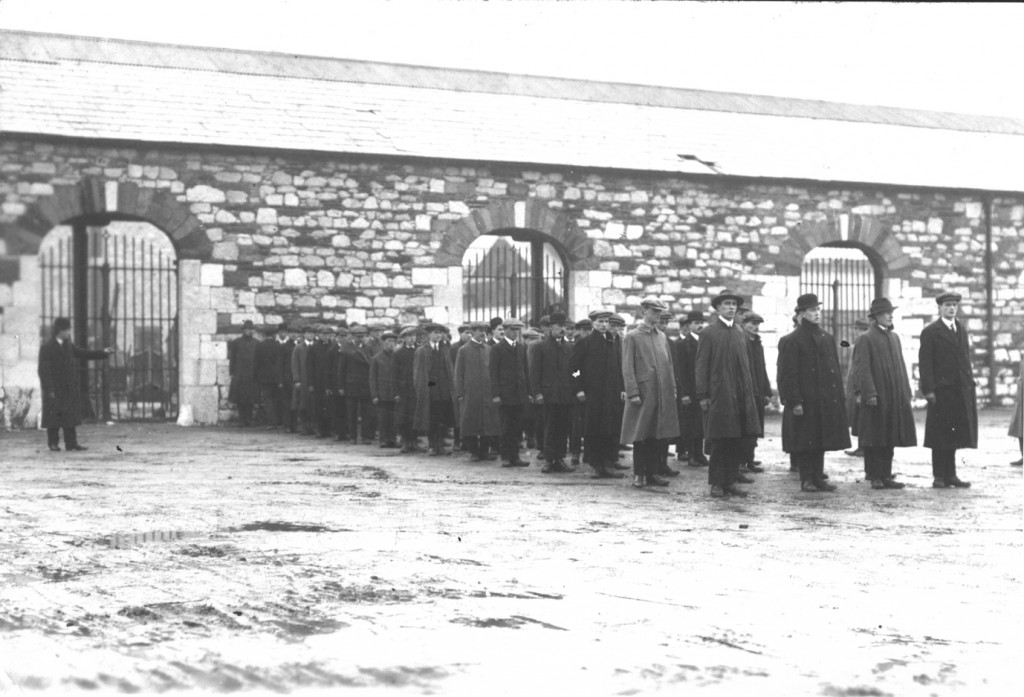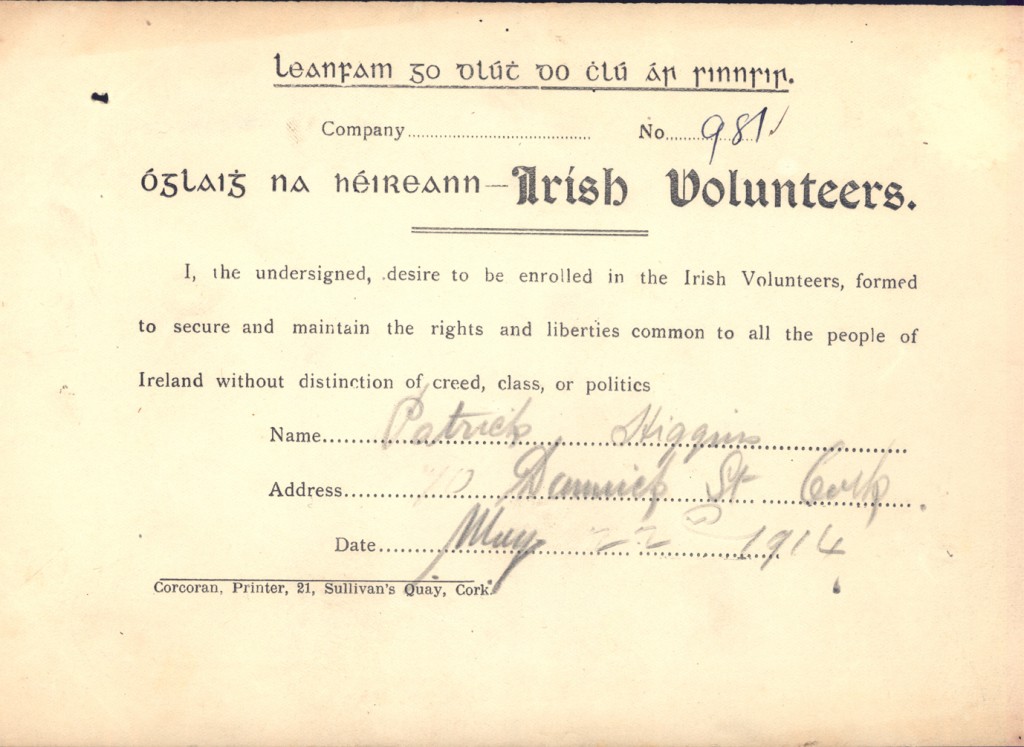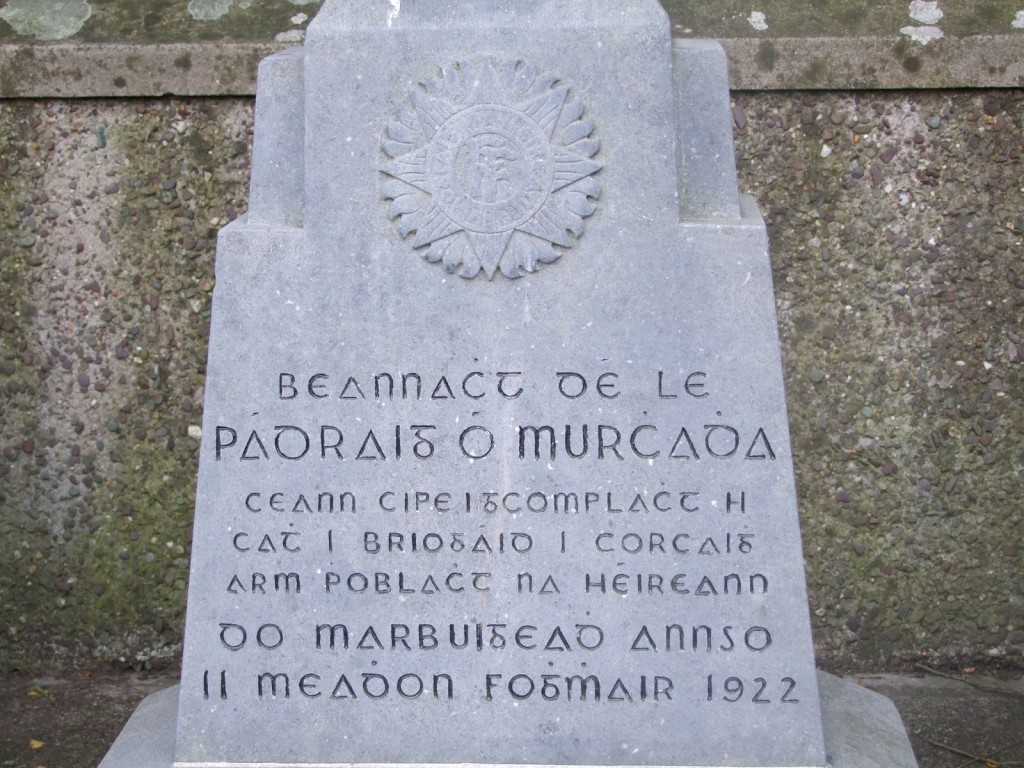
Kieran’s Our City, Our Town article,
Cork Independent, 30 September 2010
In the Footsteps of St. Finbarre (Part 230)
Hauntings, Open Wounds and Whispers
“In Berlin, it was precisely the question of what ghosts should be invoked, what pasts should be remembered and forgotten, and through what forms, that led to heated public debates over what and where these places of memory should be. People made memorials, created historical exhibitions, dug up the past and went on tours to represent, confront, and ignore a violent national past and to define and forge possible national futures. They made places as open wounds in the city to remind them of their haunting and to feel uncomfortable” (Karen Till, 2005, The New Berlin, p. 11)
Karen Till’s work on the thought and effort that went into rebuilding Berlin in the aftermath of World War II and the debate over what should be remembered and forgotten tends to draw huge parallels to the Irish Civil War. The civil war is a crisis of Ireland’s turbulent past. The 4,000 deaths between the two opposing sides (including Patrick Murphy at Leemount) and the aftermath make for horrific reading in the present. W.T. Cosgrave in October 1922 enacted a Public Safety Bill, which allowed for the execution of anyone who was captured bearing arms against the state or aiding armed attacks on state forces. William Cosgrave’s position was that a guerrilla war could drag on indefinitely, making the achievement of law and order and establishing the Free State impossible, if harsh action was not taken. His reputation suffered after he ordered the execution without trial of republican prisoners during the civil war. In all 77 republicans were executed by the Free State between November 1922 and the end of the war in May 1923. These actions left Irish society divided and embittered. Those actions seem to linger if you just scratch the surface to reveal the deeper roots of Ireland’s principal parties. Hence the civil war tends to be continuously spoken about in whispers, fears, concerns and perhaps in uncomfortable truths.
To Karen Till, Berlin is a place haunted with landscapes that simultaneously embody intentional forgetting and painful remembering. That because of Berlin’s traumatic past, the past never settles or neatly arranges itself in horizontal layers – that the past is always contested by those who want to remember it and those who want to forget. Indeed, memorials like those that exist in Berlin to recall the holocaust for instance may be interpreted in a number of ways. However, each memorial seems to attempt to contain the past and to build memory so to speak. This latter statement also becomes very apparent in DeValera’s government of the 1940s when he commissioned the construction of War of Independence memorials across the country.
There has also been much work completed by historians and geographers on the memories associated with roadside memorials. Standing next to the Patrick Murphy memorial, one quickly gets the impression that this is a memorial one is meant to pass and not stop. It may have been different when it was built originally. On reflection, the memorial seems to have multiple meanings, differing between those who built it, those that maintain it today (the Timothy Kennefick Memorial Group) and those like myself who try to stop and interpret what it is trying to remember. Indeed the truth of why Patrick Murphy was selected to be remembered is intriguing and seems to remain hidden – one reason is probably because of his youth that on one level the monument is a marker of his life or perhaps it is a marker of his sacrifice or maybe it is a marker of heroism or it remembers the exact opposite – it is a marker of flaws in Irish society – that the monument was put there as a reminder of a painful past and meant to be always some kind of open wound in the continuous making of Irish history- or the monument is to remind the viewer that a whole nation was divided and fought for by opposing sides.
The memorial is also not a conventional grieving space or site of mourning associated with grief practices. There is a lack of offerings – there are no statues, flowers or photographs. The only strong symbols used on the memorial are that of carved sword and cross. The overall site reclaims public space for the celebration of Patrick Murphy, the individual but one gets the impressions he represents a lot more people through the conventional image of the sword, which connects this monument to other monuments.
However, for the all the raw power of this monument, it seems to avoid any new debates on civil war monuments. The Patrick Murphy Civil War memorial seems to not reflect on aspects such human rights, democracy, equality, the renouncing of violence, guilt and /or responsibility. Or maybe it does but these traits are ones that one regularly does not hear about when such monuments are being discussed. As Ireland approaches the nineteenth anniversary of the start of the Irish Civil war in 2012, perhaps monuments such as these will create new possibilities for thinking about and how one can represent national belonging in the future. The other item that came to my mind standing at this site is the need for modern memorials in the Irish countryside and recent generations to leave a positive mark.
To be continued….
Captions:
559a. Inscription on Patrick Murphy Memorial, Leemount (picture: Kieran McCarthy)
559b. Members of the Cork no.1 Brigade Flying column (from left) Mick O’Sullivan, Patrick O’Sullivan & Sean Murray, summer 1921 (picture Fr. Patrick Twohig)
